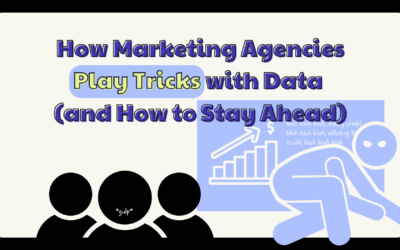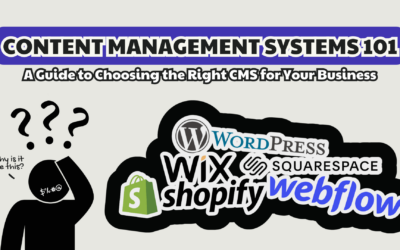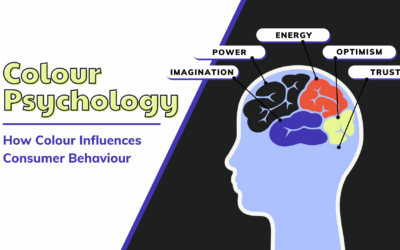Why?
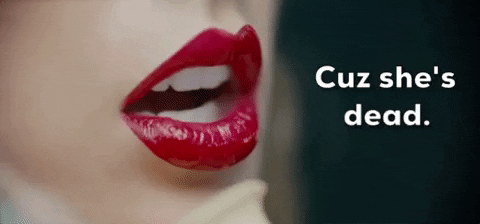
From Funnel to Hourglass: Rethinking the Customer Journey
In the realm of digital marketing, the concept of the “marketing funnel” has been a cornerstone for strategists and marketers alike. Traditionally, this model has guided countless campaigns, directing potential customers through a journey from first hearing about a brand to making a purchase. The stages of Awareness, Interest, Desire, and Action (AIDA) have served as the backbone for this model. However, as the digital landscape evolves, so too must our strategies. It’s time we transition from thinking about a marketing funnel to embracing the marketing ✨hourglass✨.
Understanding the Previous Marketing Funnel
Before we delve into the hourglass model, let’s quickly recap the traditional marketing funnel stages:
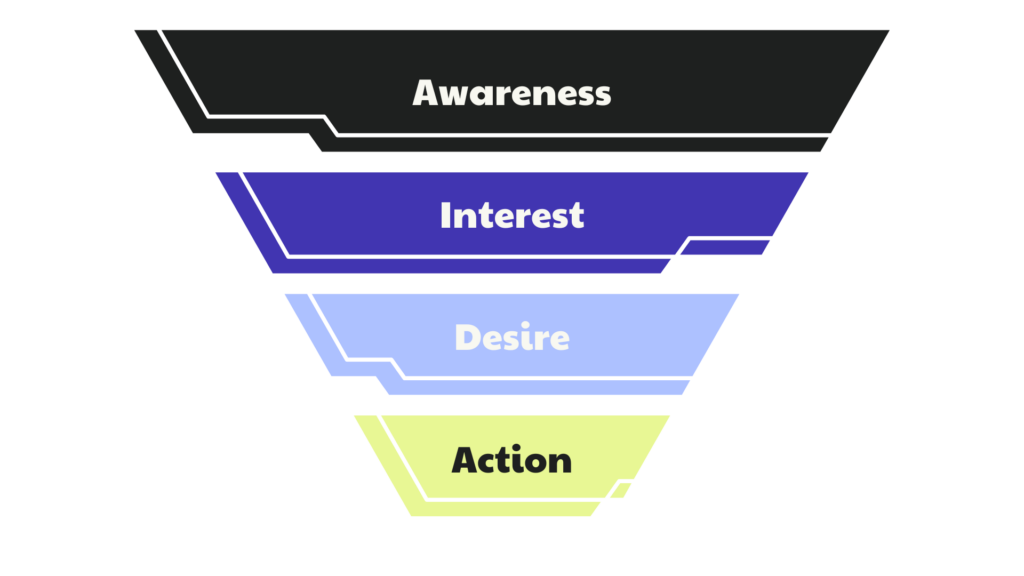
- Awareness: The potential customer becomes aware of your brand or product. This is the initial touchpoint.
Ex. Seeing an Instagram ad for dog shampoo. - Interest: After becoming aware, the customer shows interest in learning more about what you offer.
Ex. Customer clicks the link to the dog shampoo that leads to the pet store website.
- Desire: The interest transforms into a desire or aspiration to purchase your product or service.
Ex. The customer sees the pet store is having a big sale. - Action: Finally, the potential customer takes action by making a purchase or engaging with your brand in a significant way.
Ex. The customer adds the shampoo to the cart and makes the purchase.
“The customer adds shampoo to the cart and makes a purchase.”
Oh how we wish it were this easy.
The journey isn’t done there.
Want returning customers? Repeat purchases? Advocates for your brand who tell all of their friends I LOVE MY DOG SHAMPOO?? Well then we need a new model.

Introducing the Marketing Hourglass ✨
The marketing hourglass represents a more holistic view of the customer journey, extending beyond the purchase to foster a lasting relationship between the brand and its customers. Here’s a breakdown of each stage in the hourglass model:
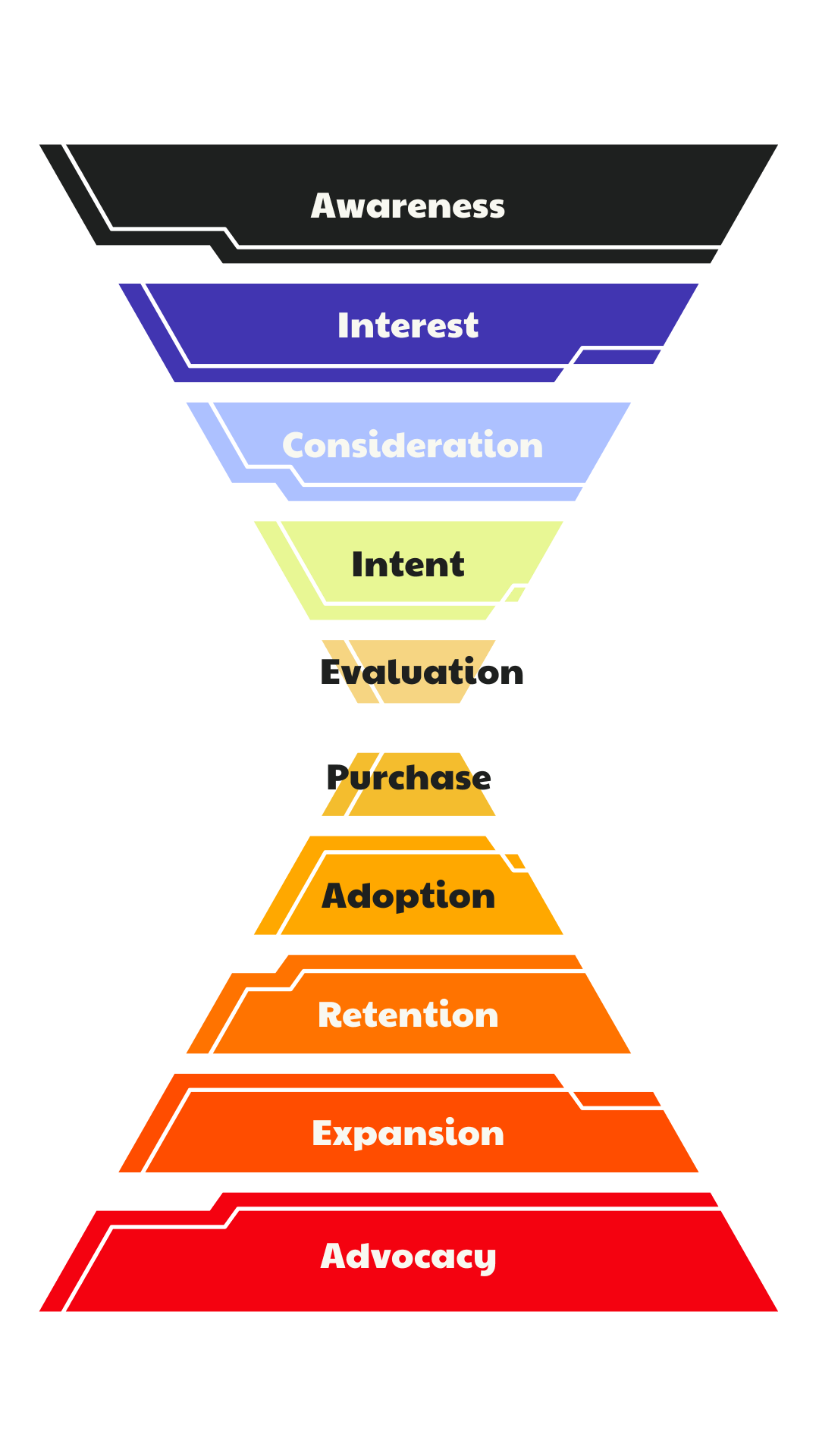
- Awareness: Similar to the funnel, it starts with the customer becoming aware of the brand or product.
- Interest: The customer shows interest in learning more about what is being offered.
- Consideration: At this stage, customers are considering your product or service as a potential solution to their needs.
- Intent: The customer’s interest evolves into a specific intent to purchase from your brand.
- Evaluation: Before making a purchase, the customer evaluates your offering against competitors or other options.
- Purchase: The customer makes a purchase, turning them from a prospect into a customer.
- Adoption: Post-purchase, the customer begins to use your product or service and assesses its value in their lives.
- Retention: Through positive experiences with your product or service, the customer becomes a repeat buyer.
- Expansion: Satisfied customers may purchase more products or upgrades, expanding their relationship with your brand.
- Advocacy: The final stage, where *hopefully satisfied customers become advocates for your brand, recommending your products or services to others.
Why the Hourglass?
The marketing hourglass reflects a more contemporary understanding of customer relationships. It acknowledges that the customer’s journey doesn’t end at the purchase; rather, the post-purchase experience is critical for fostering loyalty and advocacy. By focusing on the entire spectrum of the customer experience, brands can build deeper, more meaningful relationships with their customers.
*A Word of Caution: Advocacy ≠ Good
Advocacy falsely implies a positive connotation. If someone’s an advocate of something it must mean they stand behind said thing – right? Well, someone can also be an advocate for the opposite intent – which is to de-influence something. See, customers really dislike time or money being wasted. If a customer makes it through the marketing hourglass and didn’t enjoy your product or service, they might become an advocate of that negative experience instead. This can come in the form of leaving a bad review, taking emotions out on social media, spreading their experience through word-of-mouth, and so forth. If this does happen, we would argue the “advocacy” phase would be moved higher within the bottom of the hourglass – likely after purchase.
Remember, just because they made a purchase, doesn’t mean it’s all smooth sailing from there! This is exactly why it’s important to foster the relationship with your customer at all stages of the hourglass.
In Conclusion
As we embrace the marketing hourglass, we’re not just expanding our view of the customer journey; we’re committing to a deeper, more sustainable approach to building brand loyalty, driving growth, and fostering relations. It’s time for businesses to look beyond the conversion and focus on the entire customer experience, ensuring that every touchpoint is an opportunity to build a lasting relationship.

